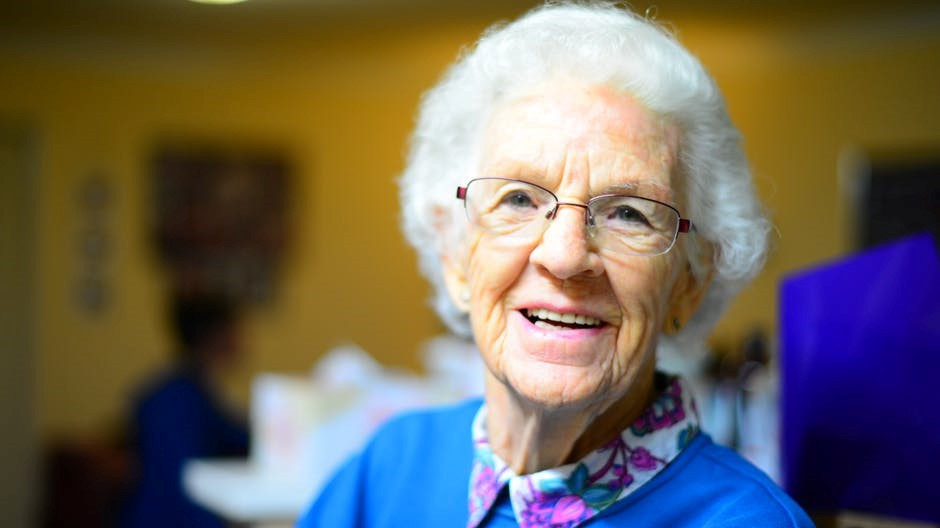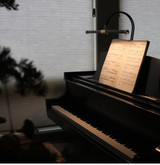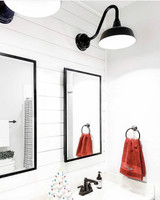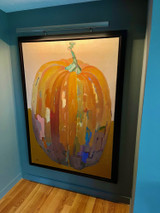Lighting Tips for Seniors to Conquer Poor Illumination
Every home requires optimal lighting for one to see; however, as one ages, it becomes even clearer how crucial the right lighting is. Our vision tends to decline as we get older, and it goes well beyond the fact that our vision often gets blurrier. The way we see color, how well our eyes focus, and how quick our eyes are to adjust can come to a decline as well.
Unfortunately, getting glasses or contacts only helps with declining vision to an extent. Something important for favorable vision is having the right amount of illumination present in a space. In consideration of the fact that we literally require light to see, it makes sense why it would be important to expose oneself to appropriate lighting, especially in the home setting.
Here are some tips to help one illuminate their home as their eyes come to a decline as they age:
1-Boost the amount of ambient lighting in your home.
One of the first steps that should be made when one’s vision begins to get poorer as time goes on is to increase how much ambient lighting is present in their home. Ambient lighting is surrounding lighting; it’s the type of illumination that is present all around us and what we typically use in our homes a majority of the time. Boosting the amount of ambient lighting typically mean adding more light fixtures in the home.
But because additional lighting can be expensive, switching over to LED bulbs is a great decision when it comes to cutting back on the electric bill. If worse comes to worse, you might also consider going green and opting for solar panels, which can either be bought or rented. Solar panels can help many cut back on how much they’re spending on electricity.
2-Paint your walls a lighter color.
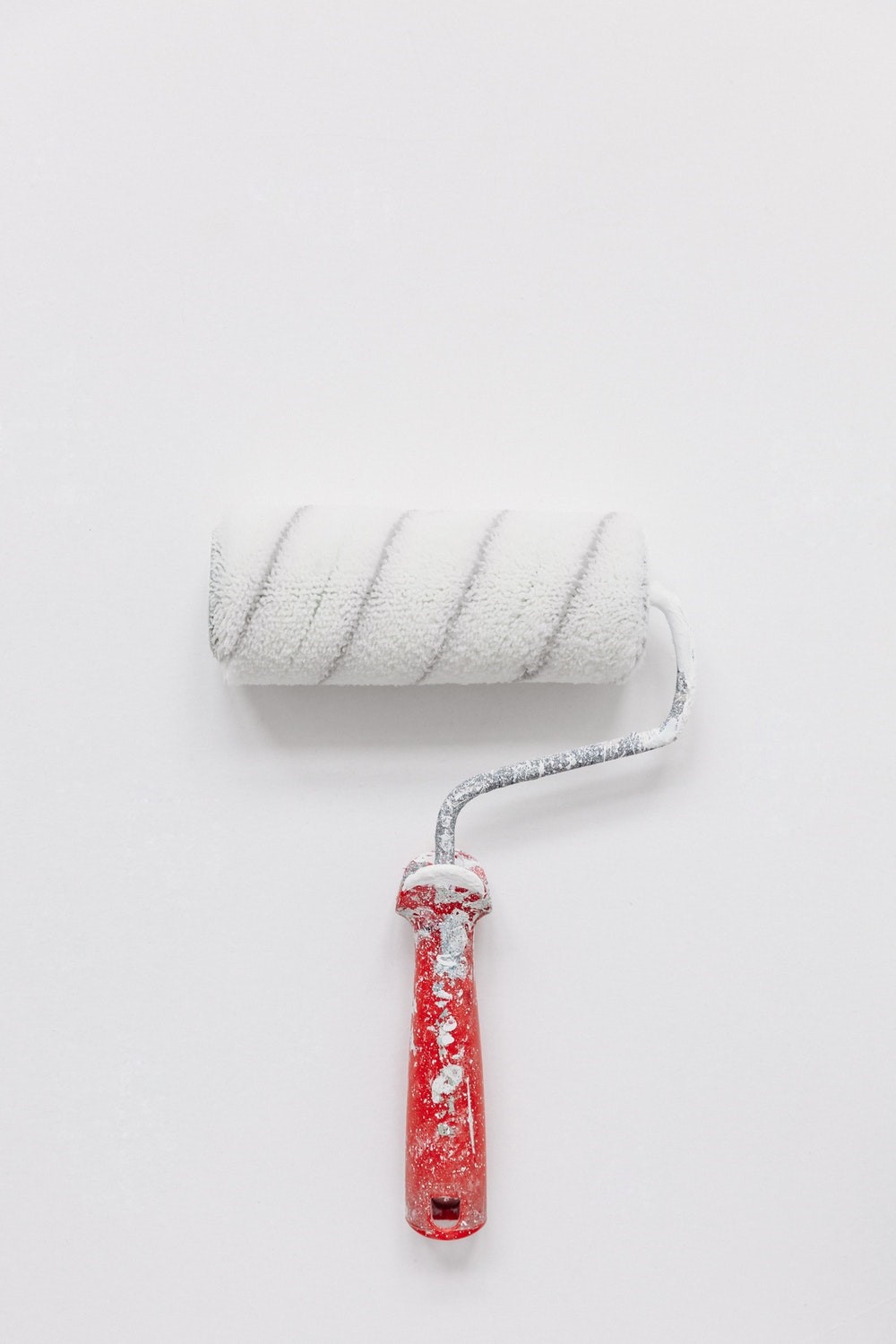
This may not be advice that most people want to hear, but painting your walls a lighter color if your walls are not already light is a great way to ensure aging eyes can see better overall. The darker the wall colors, the more light that is absorbed by the walls instead of reflected. Aging eyes may already have a harder time absorbing color themselves. That said, lighter walls can make your home much brighter and better for the eyes. Lighter walls can also look stunning with natural light is shining on them.
Even if, say, your walls are currently brown, even going just a few shades lighter can make all the difference. If you’re not up for changing your wall color, you might be okay with lighting up your floor color or even the furniture in your space. Try to ensure your interior design is lighter and airier. It doesn’t have to be stark white, but anything is an improvement; keep that in mind.
3-Add more task lighting to your space.
Task lighting can be described as a type of lighting that is primarily used for completely a certain task. You probably already have some sort of task lighting in your space whether that be pendant lights above your kitchen island to help you see to chop vegetables or even a table lamp on a side table next to your living room couch to allow you to read. But is this enough task lighting?
When deciding if your home needs more task lighting, think of the places in your space that are the darkest yet are places where you generally complete small tasks such as reading, knitting or sewing, creating artwork, and the like. Adding a table or floor lamp in these areas can better allow you to perform tasks easier, more precisely, and faster without limiting your vision in the process. After all, proper vision is important for completely many intricate tasks.
4-Consider adding dimmable light fixtures in your home.
This may be contradicting, but adding dimmable light fixtures to your interior design is actually great for seniors whose vision is changing. You may be thinking, “Why add dimmable light fixtures if those with aging vision require more lighting, not less?” To answer your question, this is important because after adding extra light fixtures to an interior design to accommodate deteriorating vision, it is important that many of those fixtures are dimmable to provide versatility in one’s interior design.
After all, just because seniors require more lighting (sometimes up to 2 to 6 times more than their younger counterparts) doesn’t mean that they don’t require more relaxing lighting when they wish to wind down. Having the ability to brighten or dim lighting is a great option in any home, even for homes without elderly individuals living there. Dimmable light fixtures can particularly come in handy when it comes to preparing fancy gatherings with loved ones, setting a peaceful or romantic mood in the home, getting ready for bed, or even for aiding with migraines or other intense headaches without eliminating illumination altogether.
5-Minimize the amount of shiny surfaces/objects you have in your home.
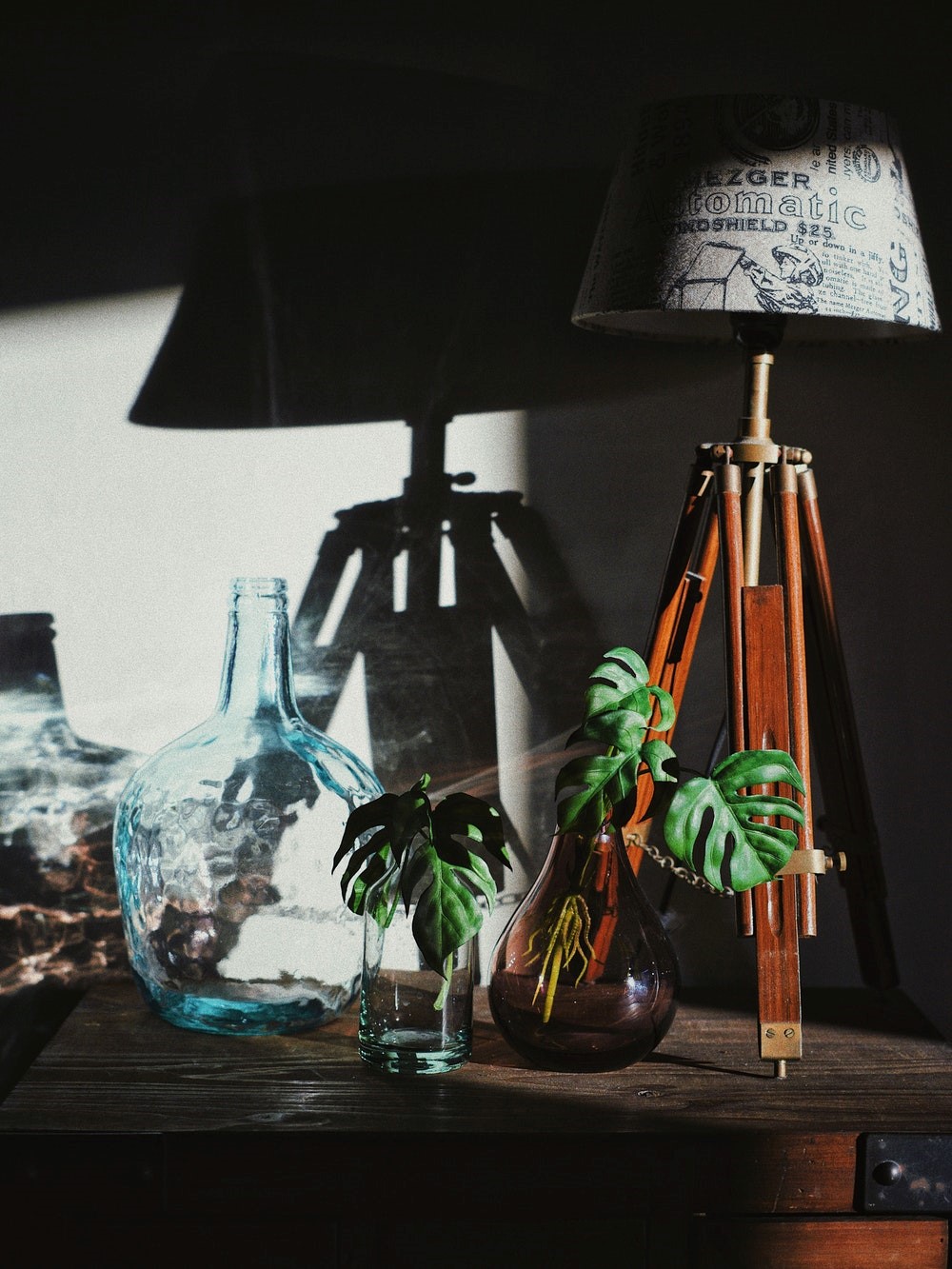
This last tip isn’t directly a lighting tip, but it does pertain to the realm of lighting. Reducing the amount of shiny surfaces your interior design offers is important because glare tends to also be an issue for aging eyes. Glare can be described as excessive brightness either directly or due to being reflected off of something. Glare not only affects vision in the moment but also in general if there is too much of it in a space as it tends to be quite bright on the eye. (If glare isn’t much of an issue for you, you can simply skip this piece of advice.)
Think of the shiny surfaces or objects your home may be comprised of: countertops, tables, vases, artwork, certain wall paints and floors (e.g., tile), picture frames, and various glass objects. While you don’t have to eliminate each of the shiny objects within your interior design or eliminate any for that matter, it does, however, help to at least reduce some from your space and replace them with objects that are more matte in appearance, and thus, less harsh on the eyes.
Conclusion
One of the parts of aging that we must learn to accept is the changes in our vision including the decline in how we see color, how our eyes can focus, and more. While some of the best things we can do for our eyes is eat healthy, get regular eye doctor checkups, wear sunglasses and protect the eyes when out in the sun, and even refrain from using too much technology at a time, these are never the only ways we can be good to our vision.
Another way seniors can be mindful of their declining vision is to ensure their home is well-illuminated. With the right lighting in one’s home, they can be sure to improve the function and safety of their space. Increasing the amount of ambient and task lighting, reducing the mount of shiny surfaces, adding dimmable light fixtures, and painting walls a lighter color are all tips in interior design that pertain to light that elderly individuals should consider doing.
If you need more interior or exterior design-related tips and tricks, check out the rest of our blog posts.
Recent Posts
-
Playing in the Spotlight: The Power of Piano Lights
There's something magical about playing the piano under the spotlight. The music resonates through t …15th Apr 2024 -
Choosing the Right Bathroom Lighting: Tips for Creating a Spa-Like Retreat
In the realm of home design, bathrooms often serve as sanctuaries—places where we start and end our …25th Mar 2024 -
Our Picture & Art Lights Bring Your Artwork To Life!
Art has the power to captivate, inspire, and evoke emotions. Whether you're an avid art collector or …14th Feb 2024

